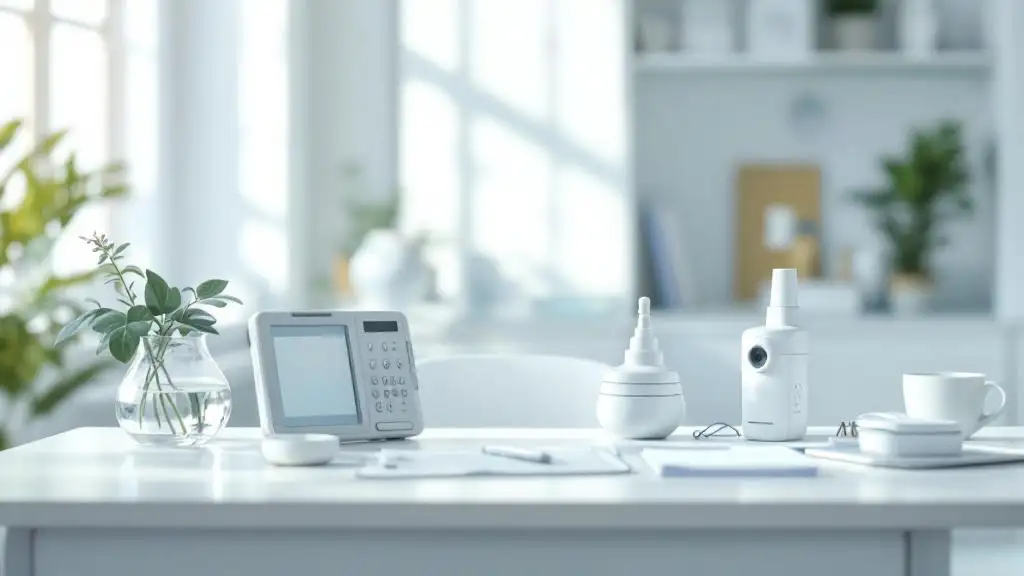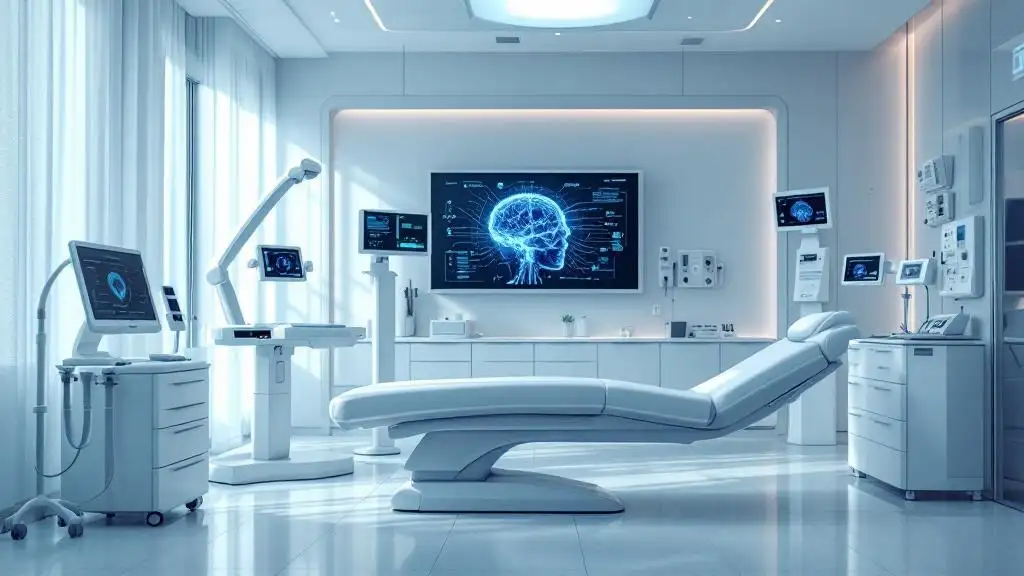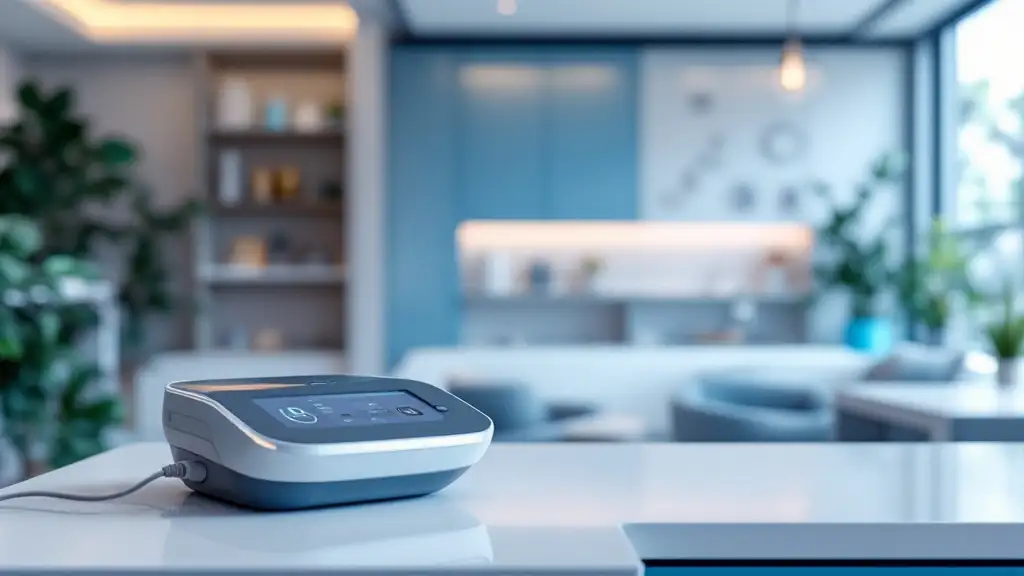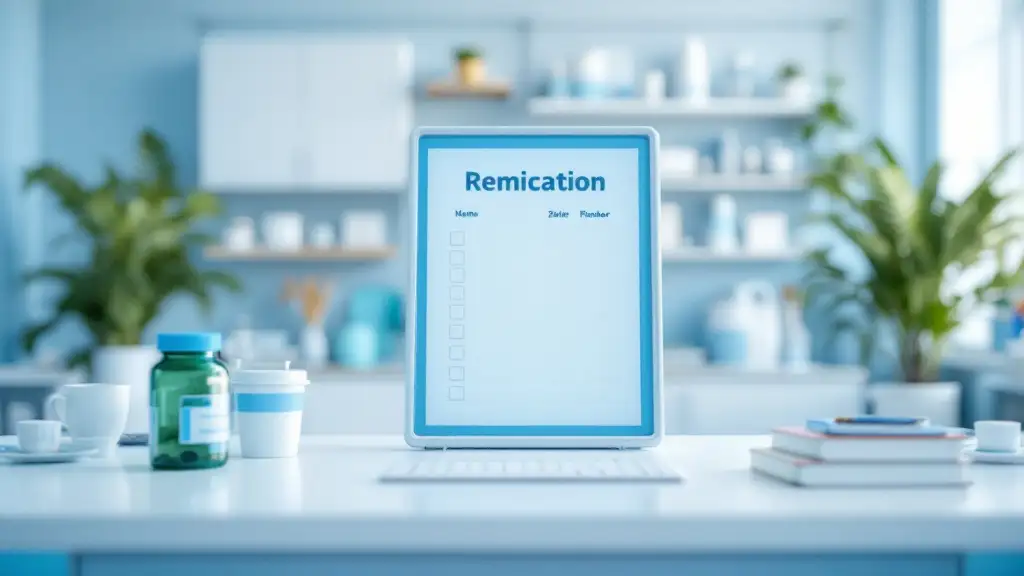Exploring Discomfort and Pain During Transcranial Magnetic Stimulation
Transcranial Magnetic Stimulation (TMS) is a non-invasive, innovative treatment primarily used for depression and other neurological disorders. As its popularity increases, many prospective patients ask about the experience, particularly regarding pain or discomfort. This article provides a comprehensive overview of what patients can expect during a TMS session, addressing sensations involved, side effects, pain levels, and how discomfort is managed, ensuring individuals are well-informed about the safety and tolerability of this therapy.
What to Expect During a TMS Session
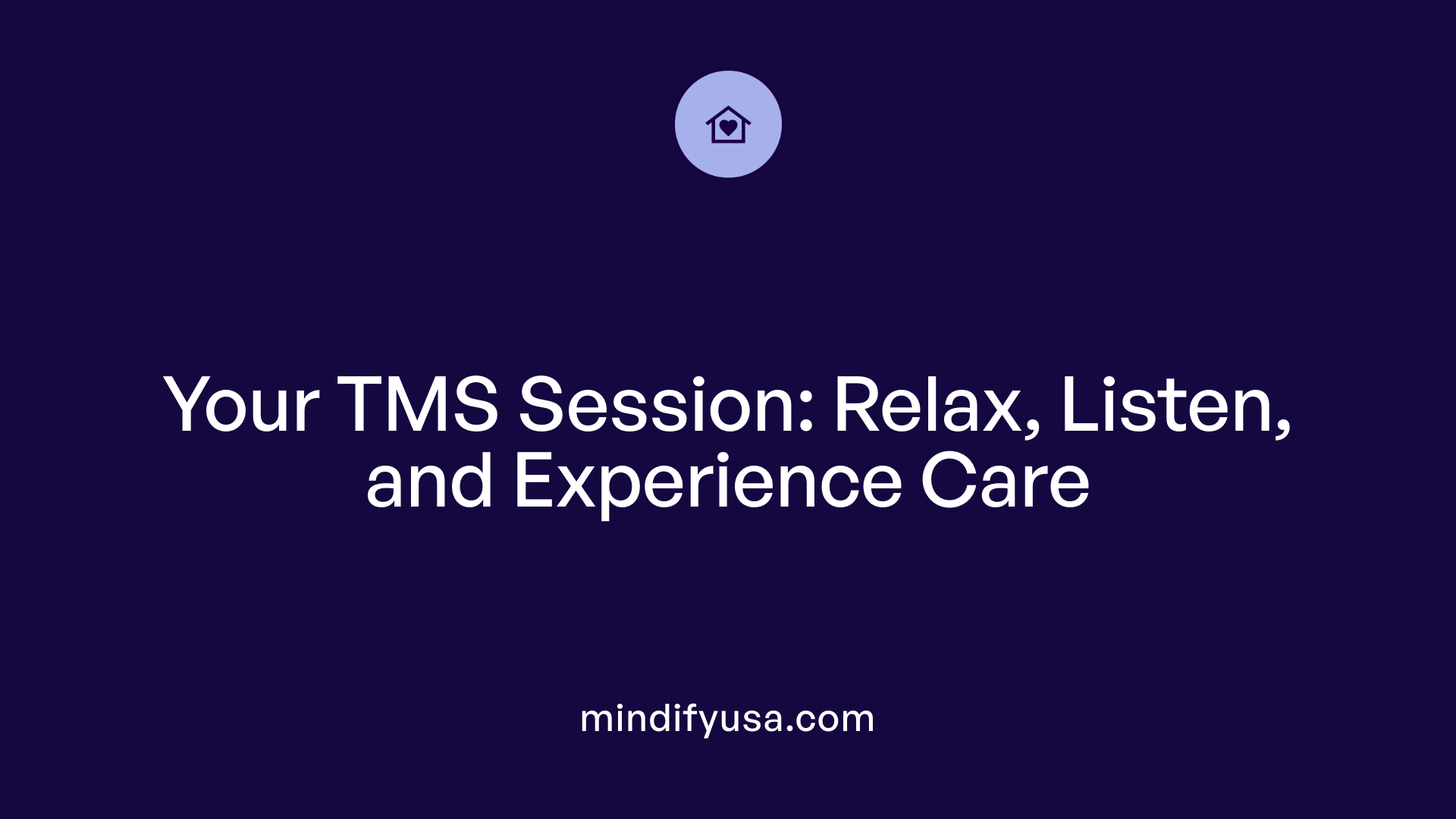
Patient positioning
During a transcranial magnetic stimulation (TMS) session, patients are seated comfortably in a reclined chair, fully awake and alert. This position helps keep them relaxed throughout the procedure. The patient’s head is positioned so that the magnetic coil can be accurately placed against the scalp over the targeted area, often the left dorsolateral prefrontal cortex when treating depression.
Sensations experienced
Most patients report that TMS is generally painless. They may hear clicking sounds from the machine and feel a light tapping or tingling sensation on their scalp where the coil is placed. Some individuals find this sensation mildly uncomfortable or slightly painful initially, but it typically subsides as they become used to it.
Some patients experience scalp discomfort, mild headaches, or facial muscle twitching, which are usually brief and manageable. Rarely, the stimulation can cause muscle twitches or a feeling of pressure at the treatment site. Adjustments, like changing the coil position or reducing the intensity, can help minimize these sensations.
Duration of treatment
A typical TMS session lasts between 20 to 37 minutes, depending on the specific protocol being followed. Sessions are usually conducted daily over several weeks, often for 4 to 6 weeks. The treatment period is designed to activate brain regions associated with mood regulation without causing memory issues or other cognitive impairments.
Activity during session
During the treatment, patients are encouraged to relax and can listen to music, watch videos, or read. They are provided with earplugs or earbuds to reduce the noise from the machine's clicking sounds. No anesthesia or sedation is involved, so patients remain fully alert and can communicate with the technician if needed.
After the session concludes, most individuals can immediately return to their normal daily activities. The procedure is outpatient, performed in a healthcare setting, and involves minimal downtime. Mild side effects like scalp soreness or headaches tend to diminish within the first week and can often be managed with over-the-counter pain medications.
Safety and Side Effects of TMS

Are there side effects or discomfort levels associated with TMS?
Transcranial magnetic stimulation (TMS) is generally safe and well-tolerated by most patients. Many find the procedure to be painless, experiencing only mild sensations such as tapping or tingling on the scalp. During the treatment, some patients may feel a slight tapping or twitching sensation, which can be slightly uncomfortable initially but usually diminishes after a few sessions.
Common side effects include mild headaches, scalp discomfort, and brief muscle twitches, all of which are temporary and manageable. These sensations are often alleviated with simple adjustments, such as lowering the stimulation intensity or changing the coil's position.
While most patients do not experience significant discomfort, up to 40% may report some pain or discomfort during TMS sessions, mainly due to stimulation of scalp tissues and nerves. These effects tend to resolve quickly and rarely cause permanent issues.
What are some serious side effects, and how common are they?
Serious side effects from TMS are exceedingly rare. The most concerning is the risk of seizures, which occurs in fewer than 3 out of 100,000 sessions, comparable to risks with certain medications. Other potential but infrequent adverse effects include mood swings, mania, or hearing issues if protective ear measures are not used.
In pediatric populations, TMS has shown a good safety profile, with adverse effects mostly limited to temporary headaches or scalp discomfort. A small percentage of children and adolescents report intolerable pain, leading to discontinuation, but these cases are uncommon.
How can side effects be managed?
Discomfort during TMS can often be managed effectively. Adjustments such as lowering the magnetic pulse intensity, repositioning the coil, or using topical anesthetic creams can significantly reduce pain or discomfort.
Patients are encouraged to communicate any discomfort to their technician during sessions so that immediate adjustments can be made. Additional strategies include using foam padding around the coil and ensuring proper placement.
Most side effects are short-lived, often resolving within a few hours to days after treatment sessions. Over-the-counter pain relievers, such as acetaminophen or ibuprofen, can also be used to ease headaches or scalp soreness.
What is the overall safety profile?
TMS's safety profile is favorable, especially compared to more invasive procedures like electroconvulsive therapy (ECT). It does not involve anesthesia or seizure induction in most cases, and the risk of serious complications remains very low.
Patients are generally able to continue their medications during TMS, barring specific contraindications. Strict safety protocols, proper patient screening, and device adjustments contribute to making TMS a safe option for appropriate candidates.
In summary, with appropriate precautions and adjustments, TMS is a safe treatment modality. Mild side effects are common but transient, and serious risks are rare, making it a well-tolerated choice for individuals seeking relief from conditions such as depression.
Sensory Experience During TMS
What sensations are involved in TMS?
Transcranial magnetic stimulation (TMS) is a non-invasive procedure that involves applying magnetic pulses to targeted areas of the brain using a coil placed on the scalp. During the treatment sessions, most patients report experiencing a series of sensory effects. The predominant sensation is a tapping or clicking sound that the device produces, which may also be felt as a mild tap on the scalp.
Many individuals also notice physical sensations such as tingling or twitching of facial muscles during stimulation, particularly when motor regions are targeted. These muscle twitches can sometimes be uncomfortable but are usually short-lived. The loud clicking noise, often described as a tapping sound, can also be a noticeable part of the experience, especially during longer sessions.
The overall sensory experience of TMS tends to be well-tolerated. Most patients find the sensations mild and temporary, with discomfort diminishing after the first few treatments. Adjusting the treatment parameters, such as coil position or stimulation intensity, can help minimize these sensations if they become bothersome.
Common sensory effects include:
- Tapping or clicking sounds
- Mild tapping sensations on the scalp
- Tingling or minor shocks in facial muscles
- Muscle twitches in nearby regions
While these sensations are generally manageable, some patients might find the initial sensations a bit startling or uncomfortable. Communicating with the technician allows for adjustments to improve comfort.
In summary, TMS mainly involves sensations of tapping, clicking sounds, and minor muscle twitches, all of which are typically mild, transient, and well-tolerated by most patients.
Patient Perceptions of Discomfort
What is the patient experience regarding TMS discomfort?
Most patients describe TMS therapy as generally well-tolerated, with many experiencing only mild sensations during treatment. Typical feelings include a light tapping, clicking sounds from the device, tingling, or small muscle twitches on the face or scalp. These sensations are usually temporary and do not cause pain.
Initially, some patients might feel mild discomfort such as scalp sensitivity or a brief headache. However, these feelings tend to diminish after the first few sessions as patients become accustomed to the stimulation. Many report that their overall emotional and physical comfort improves as they continue treatment.
Discomfort levels can vary based on individual pain sensitivity, anxiety, and neuronal response. Some patients with heightened sensitivity might find certain sensations slightly more uncomfortable. Nonetheless, the majority find the experience manageable.
Techniques to reduce discomfort
Discomfort caused by TMS can often be lessened through simple adjustments in treatment. Physicians may change the coil position to avoid sensitive areas or reduce the stimulation intensity if discomfort arises. Using topical anesthetics or foam padding around the coil are also effective strategies to decrease scalp soreness.
Furthermore, patients are encouraged to communicate openly with their technician during sessions. This feedback helps in customizing the procedure to each individual's comfort level, making adjustments in real-time to minimize unpleasant sensations.
Patient feedback and overall satisfaction
Feedback from patients indicates that, despite occasional mild discomforts like scalp soreness or headaches, most find the treatment tolerable and worth the benefits. Many note that the discomfort lessens significantly within the first week of therapy.
Children and adolescents undergoing TMS report good tolerability, with very few experiencing intolerable pain or choosing to discontinue. Factors such as mild anxiety or family history of anxiety may influence individual experiences, but overall, the safety profile and manageable discomfort contribute to positive patient perceptions.
In summary, TMS discomfort is typically mild, transient, and adaptable. The use of adjustment techniques and open communication ensures that most patients find treatment sessions acceptable and continue with therapy, ultimately appreciating the benefits it offers for mood and neurological health.
Pain and Discomfort Levels in TMS Therapy
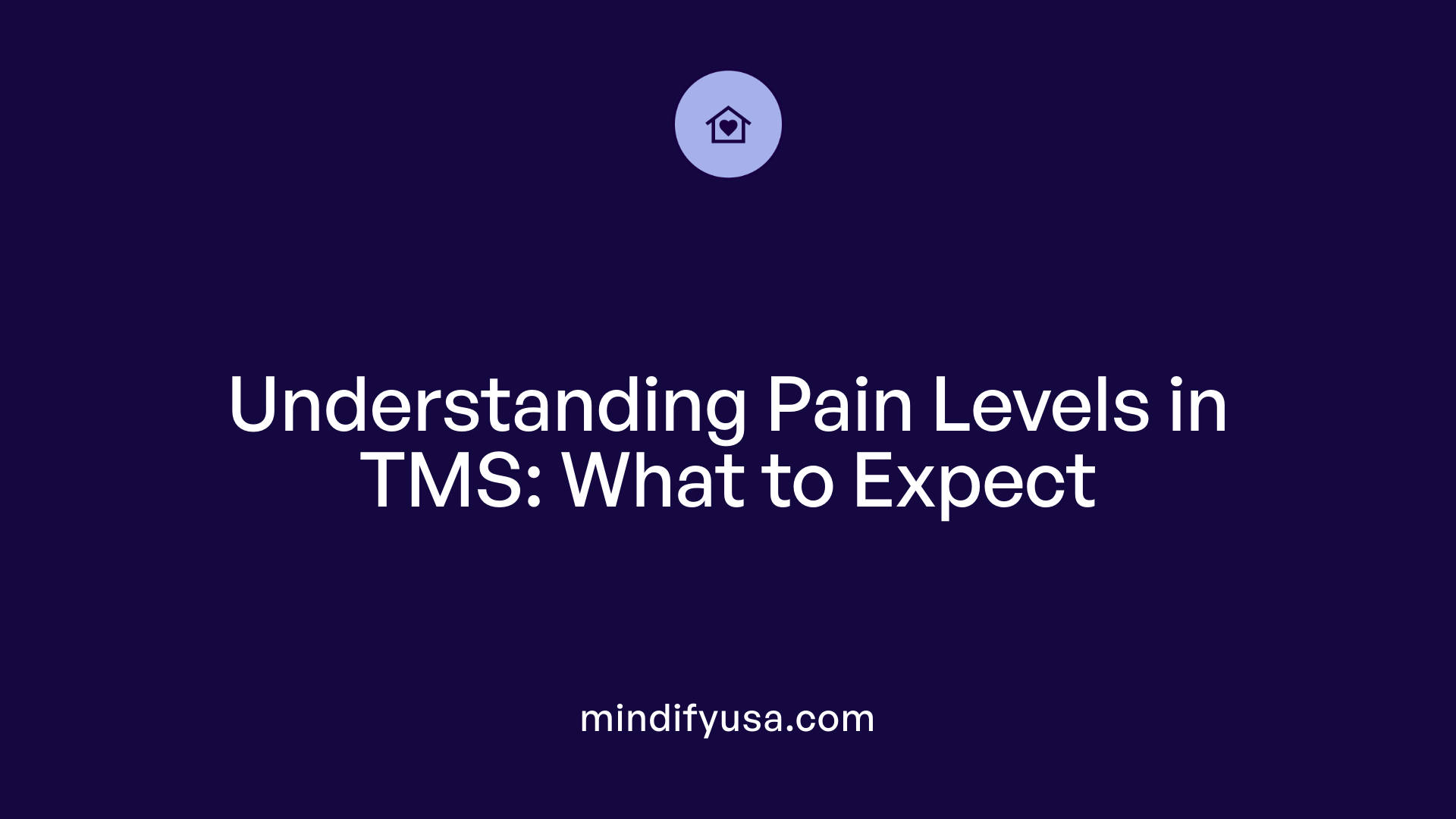
Is TMS painful or uncomfortable?
TMS therapy is generally considered a comfortable procedure for most patients. It uses magnetic pulses that are painless and focus on stimulating specific brain regions without the need for surgery or anesthesia. During sessions, patients often report feeling mild sensations such as tapping or tingling on the scalp, along with the characteristic clicking sounds of the device. These sensations are temporary and tend to diminish quickly as patients become accustomed to the treatment.
Some individuals may experience slight discomfort, especially during their first few sessions. Common side effects include mild headaches, scalp soreness, or a feeling of muscle twitches, but these are usually brief and manageable. Adjustments to the treatment settings, such as changing the coil's position, lowering the stimulation intensity, or shifting the treatment area, can significantly reduce any discomfort.
Compared to more invasive therapies like electroconvulsive therapy (ECT), TMS has a gentler profile. It does not involve electric shocks or seizures, and it does not require anesthesia. Overall, most patients find the process tolerable, often expressing that it is comfortable enough to continue regularly as part of their treatment plan.
How do adjustment options help manage discomfort?
Discomfort during TMS can often be addressed effectively through simple modifications. Technicians can reposition the coil to avoid areas that cause irritation or discomfort. Lowering the stimulation intensity can make sensations milder for sensitive patients. Moving the treatment location slightly can also help avoid scalp areas that are more prone to soreness. Patients are encouraged to communicate any discomfort immediately so adjustments can be made during the session, ensuring maximum comfort.
How does TMS compare with other treatments regarding pain?
Unlike treatments like ECT, TMS does not require anesthesia or induce seizures, making it a less intimidating alternative. While some patients experience mild pain or discomfort during TMS, the majority report that these sensations are tolerable and lessen over time.
In terms of side effects, TMS often causes only minor, temporary issues such as headaches or scalp soreness. These tend to resolve within a week and can be relieved with over-the-counter pain medications.
Studies show that up to 40% of participants might experience some discomfort during repetitive TMS (rTMS); however, a significant portion find the sensations manageable, especially with adjustments.
What do patient reports say?
Patient feedback highlights that most find TMS neither painful nor unbearably uncomfortable. Many compare the sensations to light tapping or tingling that lessens as they proceed with treatment.
Children and adolescents also generally tolerate TMS well, with very few reporting intolerable pain or dropping out due to discomfort. A small percentage, approximately 3.8%, are unable to tolerate single-pulse TMS because of pain.
Overall, subjective ratings support that TMS provides a tolerable experience for most, with discomfort decreasing rapidly after initial sessions.
| Aspect | Experience | Management Options | Typical Duration of Discomfort |
|---|---|---|---|
| Mild sensations | Tapping, tingling, clicking sounds | Coil repositioning, adjusting intensity | Usually subsides within a week |
| Common side effects | Headache, scalp soreness | Pain relievers, padding during sessions | Most resolve within 24-48 hours |
| Discomfort in children | Usually well tolerated, rarely intolerable | Monitoring, slight adjustments | Often improves after a few sessions |
| Discomfort vs. other treatments | Less invasive than ECT, generally more tolerable | Precise adjustments and communication | Often diminishes with ongoing treatments |
Suitability of TMS for Sensitive Individuals

Is TMS suitable for individuals concerned about pain or discomfort?
Transcranial magnetic stimulation (TMS) is widely regarded as a safe and generally well-tolerated treatment, especially appealing to individuals wary of pain or invasive procedures. It is a non-invasive procedure that employs magnetic fields to stimulate specific areas of the brain, primarily for mood disorders like depression.
Most patients experience little to no pain during TMS sessions. Those who do feel sensations may describe a mild tapping or tingling on the scalp, which is usually brief and diminishes after initial treatments. The clicking sound produced by the device can be dampened with earplugs, enhancing comfort.
Common side effects such as scalp discomfort, headaches, or facial muscle twitching are temporary and tend to resolve within the first week of therapy. Adjustments like changing the coil position, decreasing the magnetic pulse intensity, or shifting the stimulation area can help mitigate any discomfort.
In clinical studies, up to 40% of participants reported some pain or discomfort, but most found these sensations manageable. For some, discomfort is so minimal that it does not interfere with daily activities, and many report they feel better as treatment progresses.
Serious adverse effects are exceedingly rare. The risk of adverse events like seizures associated with TMS is very low, comparable to that of medications, and can be further minimized by following safety protocols.
In conclusion, TMS’s non-invasive nature and mild side-effect profile make it a suitable option for individuals concerned about pain or discomfort. Its tolerability has been confirmed across diverse age groups, including children and adolescents, where the majority tolerate treatment well.
Are there specific considerations for sensitive patients?
Patients with heightened sensitivity or anxiety related to medical treatments are advised to communicate their concerns with healthcare providers. Using strategies such as topical anesthetics or padding can further reduce discomfort.
Overall, TMS presents a gentle alternative to more invasive therapies, offering relief with minimal discomfort for those who are cautious about pain or invasive procedures.
Managing Discomfort During TMS
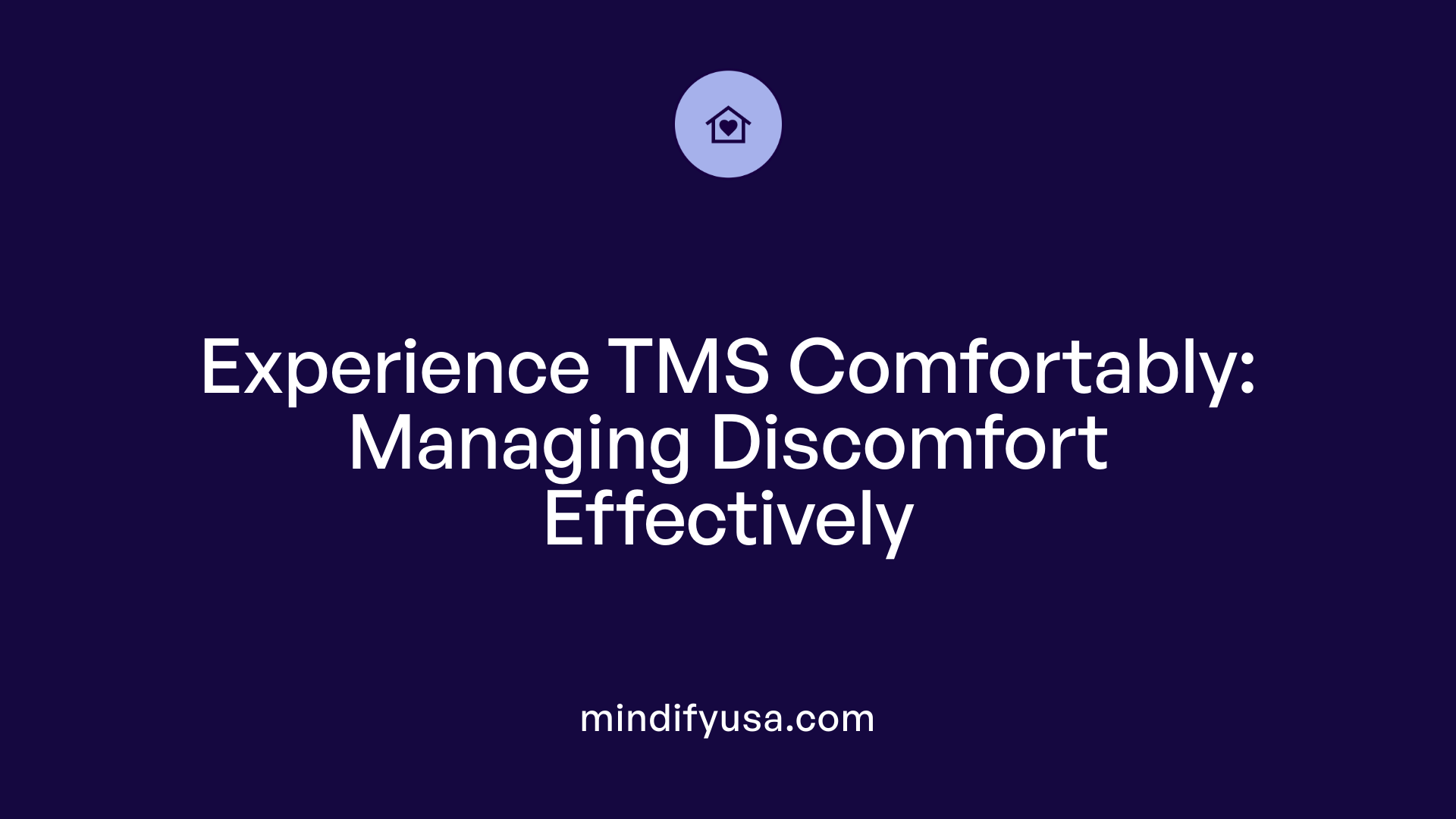
How is discomfort managed during TMS treatment?
Discomfort during transcranial magnetic stimulation (TMS) is generally mild and manageable. Many patients experience sensations like scalp discomfort, slight pain, or headaches, especially during the first few sessions. These sensations often lessen as the patient becomes accustomed to the treatment.
A common approach to minimize discomfort includes adjusting the treatment settings. For example, the operator might lower the intensity of magnetic pulses, reposition the coil, or change the stimulation site to reduce sensations without affecting the therapeutic outcome.
In addition, over-the-counter pain relievers such as acetaminophen or ibuprofen can be recommended by healthcare providers if mild pain persists. These analgesics can help relieve headaches or scalp soreness post-session.
Patients are encouraged to communicate openly with their technician about any discomfort experienced during the session. This feedback enables tailored adjustments, such as modifying coil position or pulse strength, to enhance comfort.
Since treatment sessions typically last about 20 to 30 minutes, most people find they can relax and even perform activities like listening to music or watching videos during the procedure. These methods, combined with physical adjustments and medication when needed, effectively manage and reduce discomfort in TMS treatments.
Pain During TMS — Myth or Reality?
Does TMS cause pain or discomfort during treatment?
Most patients find TMS to be generally non-painful and well tolerated during treatment. The procedure involves placing a magnetic coil on the scalp to deliver pulses that stimulate specific brain regions. Many describe the sensation as a tapping or tingling on the scalp, which can be slightly uncomfortable, especially during initial sessions. However, this feeling typically lessens as patients become accustomed to the treatment.
Common side effects include mild scalp discomfort, headaches, or muscle twitches, reported by about 20% to 40% of patients. These sensations are usually brief and manageable, often resolving within a few hours after treatment or after the first week.
Serious pain during TMS is rare. Discomfort can usually be alleviated by adjusting the coil’s position, decreasing the stimulation intensity, or applying topical anesthetics. Patients are encouraged to communicate any discomfort to their technician to enable these adjustments to be made promptly.
In summary, while some individuals may experience mild discomfort or sensations that may resemble pain, the majority of patients do not find TMS painful. Instead, most report that the treatment is tolerable, with discomfort decreasing over time as they undergo repeated sessions.
Balancing Effectiveness and Comfort in TMS Treatment
Overall, TMS stands out as a safe, well-tolerated, and minimally uncomfortable treatment option for depression and other neurological conditions. While some patients initially experience mild sensations like tapping, tingling, or scalp discomfort, these effects are transient and manageable through adjustments in treatment settings and common pain relief methods. The procedure’s non-invasive nature and the ability to communicate with technicians facilitate a comfortable experience, often improving with ongoing sessions. Patients concerned about pain or discomfort can be reassured that TMS is designed with safety and tolerability in mind, making it a viable choice for many seeking effective mental health treatment without significant discomfort.
References
- Does TMS Hurt and What Are Its Side Effects?
- Is TMS Therapy Painful? - Madison Avenue TMS & Psychiatry
- Pain During Transcranial Magnetic Stimulation in Youth - PMC
- Subjective Discomfort of TMS Predicts Reaction Times Differences ...
- TMS Frequently Asked Questions - Butler Hospital
- Transcranial Magnetic Stimulation (TMS) - Frequently Asked ...
- Is TMS Therapy Painful? Understanding The Experience
- Transcranial magnetic stimulation - Mayo Clinic
- Possible Deep TMS Side Effects During and After Treatment
- Side Effects of TMS: Do the Benefits Outweigh the Risks?











